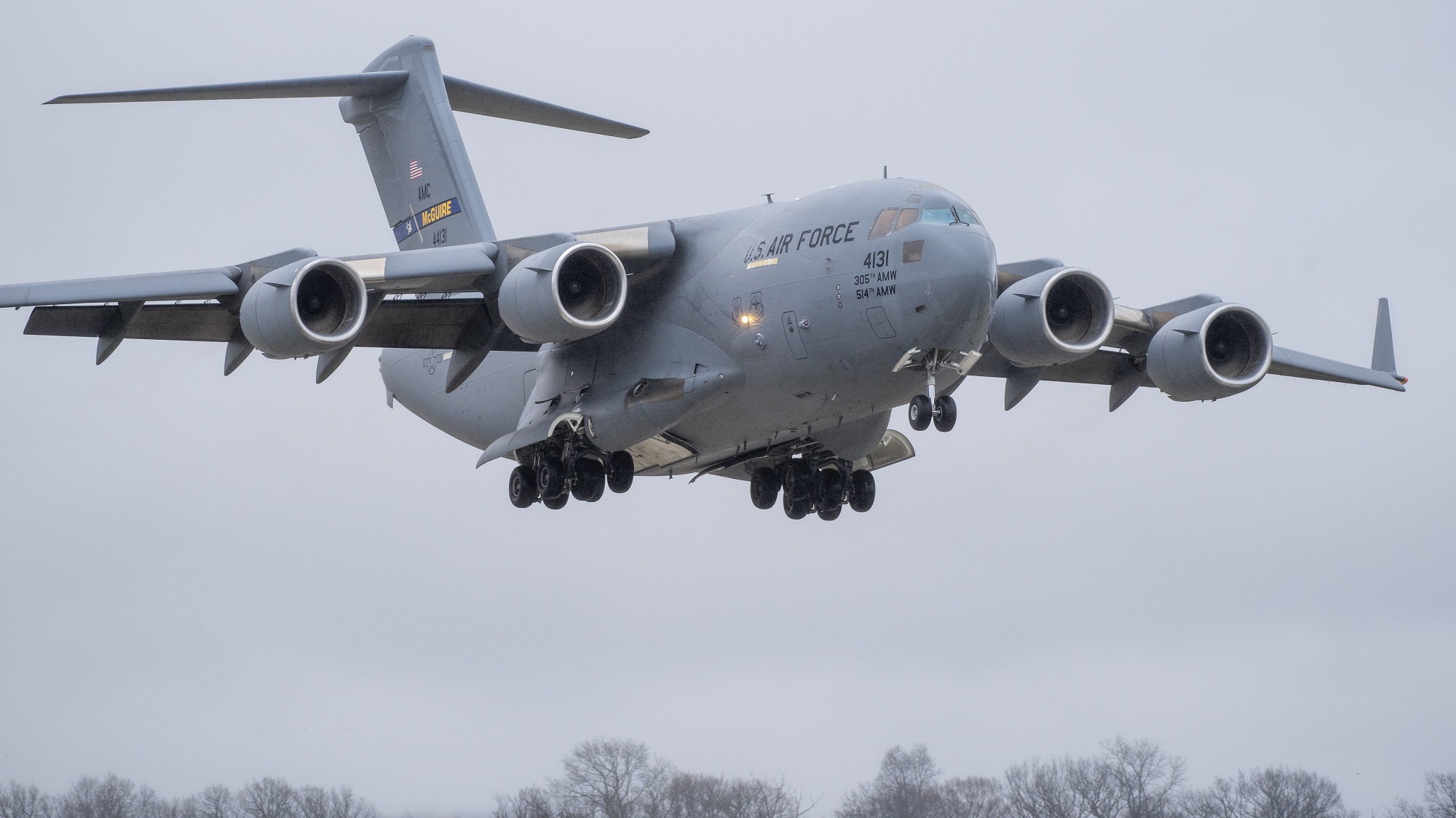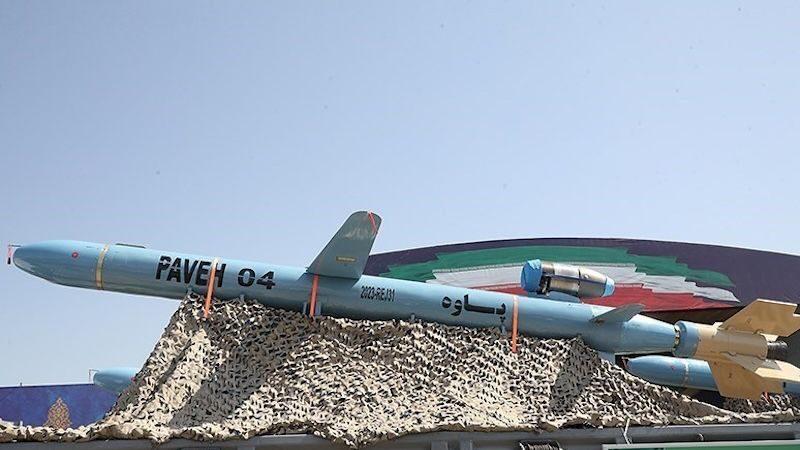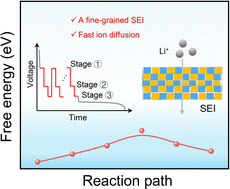New Freightos index: Israel-Iran conflict yet to hit shipping
The conflict between Israel and Iran has yet to hit tanker or container rates, while prices on the eastbound trans-Pacific may have peaked. The post New Freightos index: Israel-Iran conflict yet to hit shipping appeared first on FreightWaves.

The ongoing Israel-Iran conflict has not severely impacted freight markets yet, but there remains a significant concern regarding the potential closure of the Strait of Hormuz between Iran and Oman.
This strategic passage is crucial to Persian Gulf nations exporting 20% of the global oil supply, said analyst Freightos’ research chief Judah Levine in a note. A disruption could significantly impact oil prices and international shipping routes.
Research shows an adequate global oil supply at present, which might mitigate immediate price surges should the strait close. Yet, any blockage will unquestionably reroute shipping paths and inject volatility into both oil and freight markets.
Brent crude oil opened at $72.20 on Wednesday, up from $66.80 on June 12 prior to Israel’s attacks on Iran. West Texas Intermediate crude was at $72.92 on the New York Mercantile Exchange; JP Morgan had forecast a peak of $66 per barrel in 2025.
Benchmark diesel prices used as the basis for most fuel surcharges made their largest upward move since January and the third-largest increase since the start of 2024.
Only 2% to 3% of global container volumes pass through the waterway, so a direct container market impact would primarily affect the Middle East. Levine said a closure, if it occurs, would necessitate the redirection of transshipment volumes, particularly impacting Dubai’s Port of Jebel Ali – the busiest hub in the Gulf. This could cause congestion in alternative south Asian ports and elevate freight rates, he said.
Israel’s Zim on Monday said operations at Haifa and Ashdod in Israel were proceeding normally despite missile attacks by Iran.
Container shipping rates on the eastbound trans-Pacific are fluctuating against the backdrop of geopolitical tensions and evolving trade negotiations.
The tariff ceasefire between China and the United States shows some easing in demand, according to the Freightos Baltic Index, following a sharp increase in capacity due to restored services by carriers and new sailings which may have overshot actual demand. This may have led to some vessels departing with cargo space unfilled.
For the week ending June 13, Asia-U.S. West Coast prices increased 9% to $5,994 per forty foot equivalent unit. Asia-U.S. East Coast rates increased 11% to $7,099 per FEU.
This could potentially cause the rates, which experienced a post-May rebound, to ease further, said Levine. Daily rates to the West Coast, despite a brief spike, are already showing a 3% decline from last week’s average, indicating market adjustments.
Two U.S. companies have sued the Trump administration over the legality of the tariffs, asking the U.S. Supreme Court for an expedited review.
A tentative trade agreement between the U.S. and China would maintain a minimum 30% tariff on Chinese goods and 10% levy on American exports. Levine said that the early rush from shippers, driven by anticipation of tariff adjustments, has led to frontloading. Consequently, container volumes spiked, but this may taper as the year progresses, impacting freight demand.
The anticipated China-US deal, if confirmed, could stagger shipment volumes over the traditional peak months, reducing the urgency seen earlier in the year. Despite this, the National Retail Federation’s forecast predicted a dip in July arrivals compared to April, suggesting some of the frontloading might diminish the volume strength for the rest of 2023, regardless of a finalized trade agreement.
The trans-Pacific volatility was reflected in recent peak season surcharges announced by ocean carriers, effective on various dates in July. These range from CMA CGM’s $4,100 per container from Asia to Northern Europe; Maersk’s $4,000 per container from the Indian Subcontinent and Middle East to North American West Coast; and Hapag-Lloyd’s $500 per container for Indian Subcontinent and Middle East to North America.
Find more articles by Stuart Chirls here.
Related coverage:
Tariff damage looms without new trade deal, says economist
WATCH: ‘Dark fleet’ tanker collision sparks fire near Strait of Hormuz
Los Angeles box volume hits lowest level in two years
Israel ports unfazed by new missile strikes
The post New Freightos index: Israel-Iran conflict yet to hit shipping appeared first on FreightWaves.


























































































![The American contingent and Turkey’s autonomy goals: Paris Air Show Day 3 [Video]](https://breakingdefense.com/wp-content/uploads/sites/3/2025/06/Wednesday-Wrap.00_00_32_21.Still001.png?#)
![A look at the jets flying high above the Paris Air Show [PHOTOS]](https://breakingdefense.com/wp-content/uploads/sites/3/2025/06/Rafale_02-scaled-e1750268097167.jpg?#)

























































